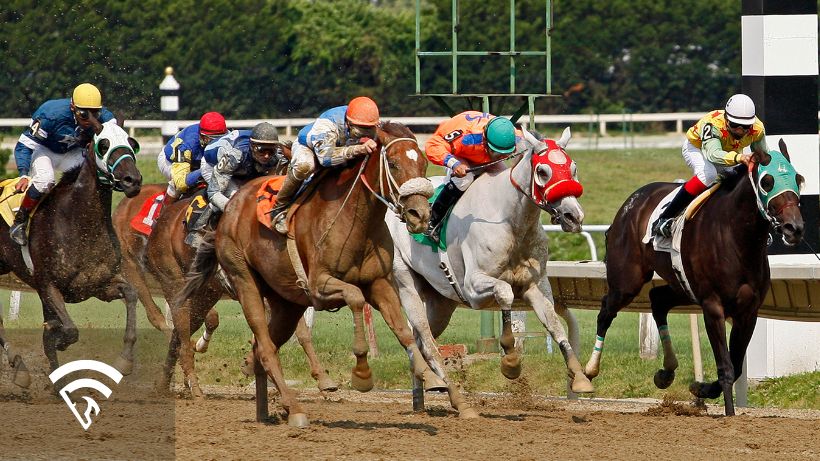What is the Importance of Race Spacing?
Race spacing, the number of days between a horse’s starts, is a silent but powerful performance lever. The interval a trainer chooses determines how well a horse recovers from its last race, maintains fitness, and hits peak form at the right time. Reading spacing correctly helps handicappers predict whether a horse is poised to move forward, bounce, or simply need the outing.
How Race Spacing Shapes Performance
-
Recovery and Repair Muscles, tendons, and energy reserves need time to rebuild after a taxing effort. A tight turnaround can leave a horse flat in the stretch, while a well‑timed gap lets it return stronger.
-
Form‑Cycle Timing Most horses improve for one or two starts after a layoff, then plateau or regress. Proper spacing keeps the horse in its “sweet spot” instead of racing past its peak.
-
Sharpness vs. Staleness Too much rest can dull race‑day sharpness; too little can sap stamina. The best conditioners balance the two so a horse stays fit yet eager.
-
Strategic Targeting Trainers use spacing to hit specific stakes races, change distance or surface, or leverage condition‑book opportunities. A gap that looks odd on paper may be part of a larger plan.
Typical Spacing Windows and What They Mean
-
Quick Wheel‑Back (7 – 14 days): Indicates the horse exited the last race with plenty left or endured a trouble trip. Expect an aggressive ride to capitalize on sharpness.
-
Standard Cycle (21 – 35 days): The most common gap on North American circuits. Balances recovery with conditioning; positive sign when combined with a maintenance work.
-
Minor Freshening (36 – 60 days): Used to regroup after a tough effort or ship to a new circuit. Upgrade if the work tab shows steady drills; downgrade if workouts are sparse.
-
True Layoff (61 + days): Signals a full break, rehab, or seasonal pause. Demand at least two fast works and respect trainers known for strong layoff stats before betting heavily.
Trainer Intent Clues
- Workout Rhythm: A sharp breeze 5–8 days before race day suggests fitness is being fine‑tuned. Gaps in the work tab can hint at setbacks.
- Stable Patterns: Some barns thrive on quick returns, others excel off 30‑day gaps. Track each trainer’s historical success at different intervals.
- Class Moves: A class drop off a short rest can mean they’re reaching for an easy spot, while a class hike after a freshening often signals confidence.
Quick Handicapping Checklist
- Count the days since the last start.
- Compare today’s gap with the horse’s best past performances.
- Scan the workout log for consistent, progressive drills.
- Check the trainer’s win percentage at similar spacing.
- Weigh spacing alongside class, distance, and surface changes.
Want data‑backed insights on race spacing and other hidden angles? Put EquinEdge’s advanced analytics to work—sign up and unlock AI‑powered handicapping today.
